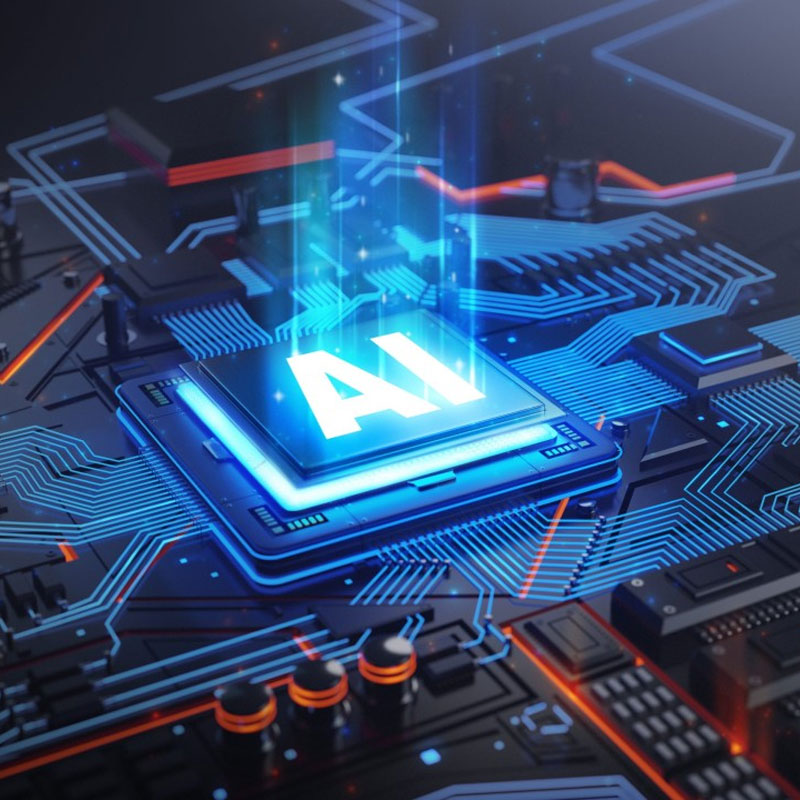Scientists develop brain-like nanowire network to allow AI to imitate human real-time learning and memory
Researchers have recently succeeded in developing a physical neural network that mimics the structure of the brain,allowing for dynamic learning and memory. This physical neural network is composed of tiny nanowires and replicates synapses found in the brain.It performs tasks by responding to changes in electronic resistance at the intersections of the nanowires.
This breakthrough in creating a physical neural network capable of dynamic learning and memory holds significant promise for advancing the field of artificial intelligence and neuromorphic computing.The emulation of brain-like structures and functionalities in nanoscale components opens up new possibilities for creating more efficient and adaptable computing systems.

The physical neural network, by recognizing and invoking sequences of electrical pulses, can utilize dynamic data from online access to perform real-time learning, image recognition, and other tasks.This approach help in avoiding the burdensome use of memory and energy traditionally associated with computing tasks. The ability to leverage dynamic data and process information in real-time makes this physical neural network particularly promising for applications where efficiency and adaptability are critical,such as in tasks involving rapid decision-making or processing of constantly changing inputs

Each nanowire has a width approximately one-thousandth that of a human hair. Together, they form a random network that behaves much like the neural networks in our brains. These nanowires can self-assemble into a dynamically complex network with memory and processing capabilities,akin to the human brain. Now, an international research team from the University of Sydney has demonstrated that the nanowire network not only resembles the human brain but can also learn and memorize, much like our brains.
The physical neural network emulates the human neural network and is composed of nanowires with a diameter of one billionth of a meter. It processes information by executing memory and learning tasks through a series of commands or algorithms, with these commands or algorithms responding to changes in electronic resistance at the intersections of the nanowires, similar to nodes in the game "Pick-up Sticks"
Memory and learning tasks are achieved using simple algorithms that respond to changes in electronic resistance at the overlapping point of the nanowires.This functionality is known as a "resistive memory switch,"generated when electrical input encounters changes in conductivity, akin to what occurs in synapses in our brains.

Network of nanowires learned to recognize handwritten digits
This innovative technology not only conserves energy but also significantly reduces memory usage, paving the way for efficient, low-energy machine intelligence capable of handling complex real-world learning and memory tasks. Their groundbreaking research paper has been published in "Nature Communications," marking a significant advancement in the fields of machine learning and artificial intelligence.


